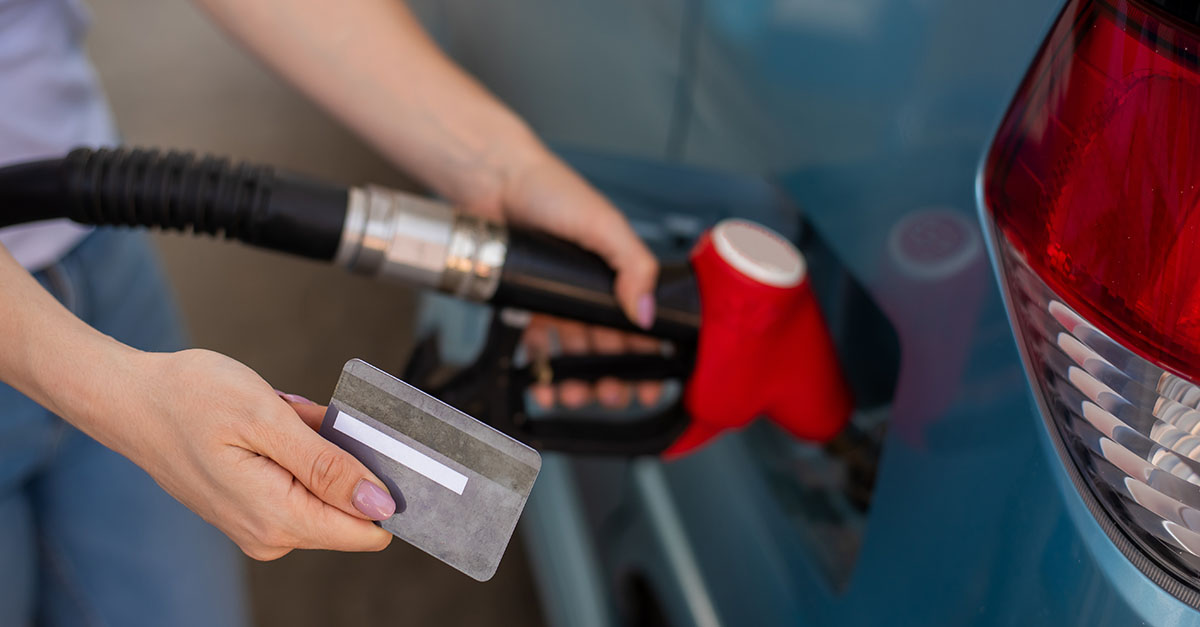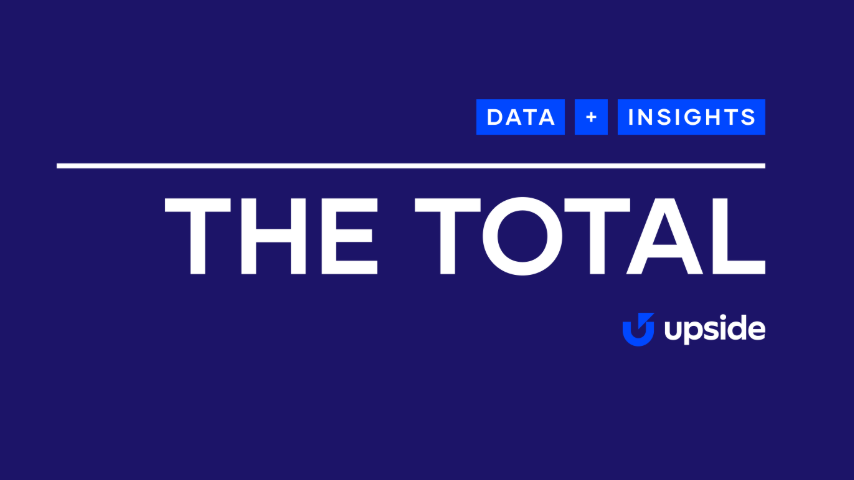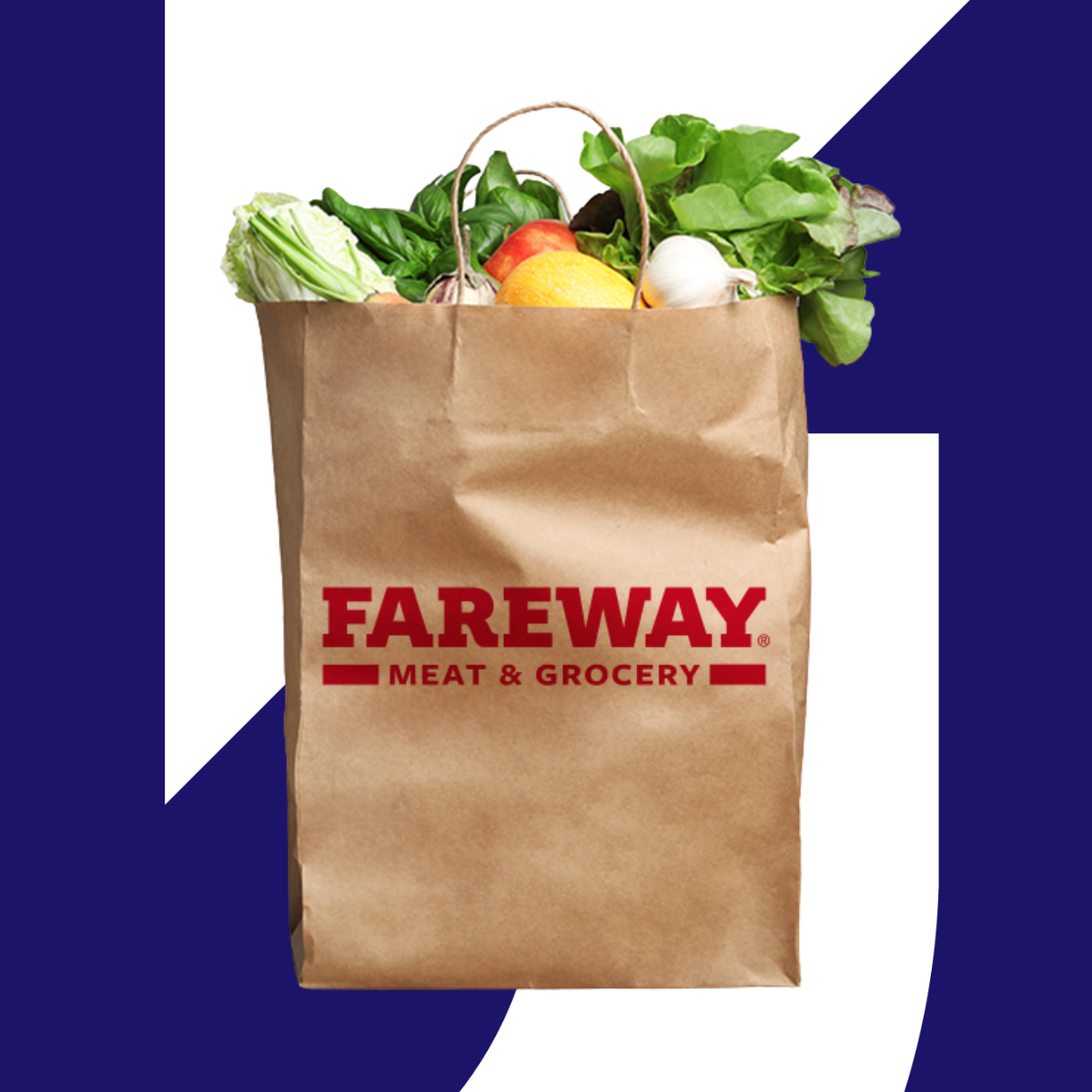How to drive more foot traffic to gas stations: A guide for owners

The Upside Team
Gas stations face a fierce and competitive market. With fuel margins remaining tight and consumers empowered to find the best prices with a few taps on their phones, driving profitable foot traffic requires more than competitive pricing alone.
More than simply attracting customers to your stations, the real challenge is converting fuel customers into convenience store shoppers, where the highest margins live. Success depends on bringing in new customers, activating infrequent visitors, and most importantly, guiding fuel customers into your profit centers.
Let's explore how to drive more foot traffic to gas stations using innovative solutions.
Understanding the modern gas station customer
The majority of today's consumers make decisions differently than they did even five years ago. Recent research shows that 79% of brick-and-mortar retail customers are what Upside calls "uncommitted customers" — shoppers who prioritize their own needs over brand loyalty, spreading their purchases across multiple locations based on convenience and value.
These uncommitted customers are digitally driven, value-seeking, and opportunistic. They compare prices and seek promotions while on the go, with two-thirds of consumers deciding where to shop or dine less than two hours before they arrive.
This behavior creates both a challenge and an opportunity. While it's harder to build lasting loyalty, you have a window to influence decisions when consumers are actively choosing where to go. The key is reaching them at that critical moment: on their phones, while they're planning their routes.
The foot traffic challenge: Beyond fuel sales
For gas station operators, fuel sales alone deliver razor-thin margins. C-store purchases deliver more profit, but industry research shows that while about 44% of customers go inside the store after pumping gas, only one-third of those visitors make a purchase. The other visitors may browse or use restroom facilities, but they leave without buying anything.
The stations that thrive recognize that every driver at the pump is a potential high-margin customer. Winning those additional sales requires intentional strategies to pull people from the forecourt into the store to make a purchase.
Traditional approaches and their limitations
Many gas stations rely on conventional marketing tactics that used to be more effective, but struggle to deliver measurable results today:
- Price competition: Lowering fuel prices across the board erodes already thin margins and may fail to build lasting customer relationships. Customers attracted solely by price will leave the next time they find a cheaper option.
- General advertising: Billboard, radio, and print advertising cast a wide net, but those methods lack targeting precision. You're paying to reach people who may never visit your location while missing those actively deciding where to fuel up nearby.
- Basic loyalty programs: Standard punch-card or points-based programs may fail to meaningfully change shopping behavior.
- Promotional discounts: Blanket promotions like "10 cents off for everyone" reduce profit margins and risk cannibalizing sales you expected to make anyway, without guaranteeing incremental visits.
These approaches aren't inherently wrong, but they're not designed for how today's customers make decisions. Modern foot traffic generation requires meeting customers where they are: on their phones, at the moment they're deciding where to go.
Data-driven strategies that work
Successful gas station operators are shifting toward strategies that combine digital reach with measurable results. Here are the approaches delivering proven returns:
Location-based mobile marketing
Mobile advertising platforms can target consumers within specific geographic areas around your stations. When someone searches for "gas station near me" or uses mapping applications, targeted ads can influence their choice.
- Implementation: Work with digital advertising platforms that offer geofencing capabilities. Set up campaigns targeting consumers within three to five miles of your locations.
- Expected results: Retailers typically see conversion rates up to 5% from impressions to visits.
Strategic partnerships with navigation apps
Partnering with GPS and navigation platforms ensures your station appears prominently when customers search for fuel. Some platforms offer enhanced listings that include current prices, amenities, and promotions.
- Implementation: Establish partnerships with major navigation apps. Keep pricing and amenity information updated in real-time.
- Expected results: Increased visibility can drive more visits from mobile users.
Enhanced loyalty program features
Modern loyalty programs go beyond basic points accumulation. The most effective programs offer personalized rewards, mobile app integration, and targeted promotions based on customer behavior.
- Implementation: Invest in loyalty platform technology that tracks individual customer behavior and enables personalized communications.
- Expected results: Loyalty "super-users" have an outsized impact on your business. Our research shows that they make up less than a quarter of your membership base, but they're responsible for nearly half of your total transactions and revenue (not just from loyalty).
Unlock more marketing tactics and revenue streams with our gas station marketing guide.
The Upside advantage: Personalized promotions that drive measurable results
While the strategies above can generate incremental traffic, they often lack the precision and accountability that gas station operators need to justify marketing investments. This is where Upside's approach differs fundamentally.
Upside is a digital marketplace that connects gas stations with nearby consumers through personalized cash back promotions. Rather than offering one-size-fits-all discounts, Upside creates individual promotions for each user based on their shopping behavior and likelihood to visit.
How personalized promotions work
Here's what makes Upside's approach uniquely effective:
- Individual customer targeting: Instead of broadcasting the same promotion to everyone, Upside analyzes individual customer behavior to determine the exact incentive needed to influence their choice. A frequent customer might only need a small incentive to return, while a new customer requires a larger promotion to try your station for the first time.
- Margin protection: Promotions are bound by your available margin and adjust dynamically as margins change. This ensures every transaction remains profitable while providing the minimum incentive needed to win the customer.
- Real-time decision influence: Upside reaches customers through mobile apps at the moment they're deciding where to fuel up, not days or weeks later when they might have forgotten your promotion.
And fuel retailers on Upside are seeing results that speak for themselves.
- Customer acquisition: Upside delivers new customers who wouldn't have visited otherwise. These aren't existing customers using a discount they would have received anyway; they're genuinely incremental visitors.
- Pump-to-store conversion: Gas stations using Upside see a 60% increase in pump-to-store conversion. Customers claiming Upside offers are more likely to enter your convenience store and make additional purchases.
- Performance advantage: Stations that launch Upside for both fuel and convenience store promotions outperform fuel-only sites by almost 40%.
- Loyalty program boost: Upside complements existing loyalty programs rather than replacing them. Existing loyalty members using Upside visit 2.6x more often and spend 2.8x more per visit.
The competitive advantage factor
One of Upside's most compelling features for gas station operators is market exclusivity. Only 30% of stations in any given area are eligible to participate in the program. This means:
- Exclusivity zones: Competitor locations are left off the Upside app in your immediate area.
- Market ownership: Participation caps prevent 70% of your local competition from accessing the platform.
- First-mover advantage: Early adopters in each market gain lasting competitive advantages.
Measurable attribution and ROI
Unlike traditional advertising, where attribution remains unclear, Upside's measurement methodology proves exactly which transactions result from the platform. Using test-versus-control analysis, Upside compares each user's behavior to similar non-Upside users, measuring only the incremental impact.
This approach ensures you only pay for proven results. If customers don't increase their spending because of Upside, you don't pay for those transactions.
Learn more about Upside's gas cash back app for business owners.
Implementation: Getting started with proven strategies
For gas station operators ready to drive more profitable foot traffic, here's how to approach implementation:
Start with measurement
Before launching any new traffic-driving initiative, establish baseline metrics:
- Current daily/weekly customer counts
- Average fuel transaction size
- Pump-to-store conversion rates
- Customer frequency patterns
Prioritize high-impact, low-risk solutions
Begin with strategies that offer measurable results and profit-share pricing models. This reduces upfront investment risk while proving which approaches work for your specific locations.
Focus on customer behavior, not just acquisition
The most successful traffic-driving strategies don't simply bring in new customers. They change how existing customers behave. Look for solutions that increase visit frequency and guide customers toward high-margin purchases.
Layer complementary approaches
The most effective gas stations layer multiple approaches that work together:
- Personalized promotion platforms for customer acquisition
- Enhanced loyalty programs for retention
- Strategic partnerships for visibility
Looking ahead: The future of gas station marketing
The gas station industry is evolving. Customers increasingly expect personalized experiences, measurable value, and digital convenience. Operators who adapt their traffic-driving strategies to meet these expectations will capture market share from those who don't.
The most successful gas stations are already making this shift. They're moving beyond generic promotions toward personalized customer experiences. They're measuring results based on incremental profit, not just impressions or clicks. And they're using data to understand and influence customer behavior rather than hoping broad marketing efforts will work.
Grow gas station revenue with Upside
Driving profitable foot traffic to your gas station requires more than competitive pricing or generic advertising. Today's customers make decisions in real-time, expect personalized value, and can easily compare options on their phones.
Whether you operate a single station or manage a regional chain, the principles remain the same: meet customers where they are, offer personalized value that influences their choices, and measure results based on profit, not activity.
The competitive advantage goes to those who act first. With participation caps limiting market access and customer behavior continuing to evolve, the time to modernize your traffic-driving strategy is now.
Ready to see how personalized promotions can drive measurable foot traffic to your gas stations? Upside's proven marketplace connects you with millions of nearby consumers at the moment they're deciding where to fuel up. Request a demo to learn how nearly 30% of fuel retailers nationwide are using Upside to profitably win new customers and boost convenience store sales.
Frequently asked questions
How does Upside differ from traditional gas station marketing?
Upside creates personalized cash-back promotions that are unique to each user, rather than offering the same discount to everyone. Promotions are bound by your available margin and only activate when they drive genuinely incremental customers to your business.
Can I use Upside alongside my existing loyalty program?
Yes, Upside complements your current loyalty efforts. Existing loyalty members using Upside visit 2.6x more often and spend 2.8x more per visit compared to loyalty members not using Upside.
What percentage of gas stations in my area can join Upside?
Only 30% of stations in any given area are eligible to participate in the program. Participation caps and exclusivity zones ensure your competitors can't access the same customer base through the platform.
Share this article:
The Upside team is made up of data scientists and industry experts who are passionate about delivering empowering content to our readers. With a focus on providing practical insights and meaningful perspectives, we create engaging materials across a wide range of topics. From exploring industry trends and offering expert analysis to sharing useful tips and inspiring ideas, our team works diligently to provide you with the information you need to thrive.
Request a demo
Request a demo of our platform with no obligation. Our team of industry experts will reach out to learn more about your unique business needs.









.png)





